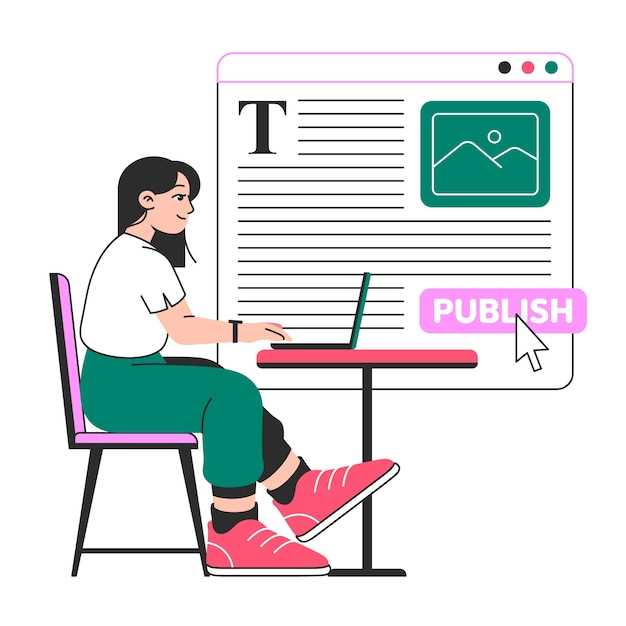
Begin by identifying two clear subjects for comparison. Choose topics that share enough similarities to make the contrast meaningful, such as two historical events, literary works, or scientific theories. This foundation ensures your essay has a strong focus.
Organize your essay effectively. Use a point-by-point structure to compare and contrast specific aspects of your subjects. For example, if analyzing two novels, discuss their themes, characters, and writing styles in separate paragraphs. This approach keeps your argument coherent and easy to follow.
Support your points with evidence. Include quotes, statistics, or examples to back up your analysis. For instance, when comparing two political systems, reference specific policies or outcomes to illustrate their differences. Concrete details make your essay more persuasive.
Polish your writing with clear transitions. Phrases like “on the contrary” or “similarly” help guide readers through your comparisons. Avoid vague language and ensure each sentence adds value to your argument.
Finally, revise your essay for clarity and precision. Check for consistency in your comparisons and ensure your conclusion ties all points together. A well-structured contrast essay not only highlights differences but also reveals deeper insights about your subjects.
How to Choose the Best Topics for Your Contrast Essay
Pick topics that spark genuine interest and offer clear points of comparison. For example, compare two historical events, like the American and French Revolutions, or two literary works, such as “1984” and “Brave New World.” This keeps your writing engaging and focused.
Ensure your topics have enough similarities to compare and enough differences to contrast. For instance, comparing cats and dogs works well because they share traits like being popular pets but differ in behavior and care needs.
Choose subjects with ample research material. Avoid obscure topics that lack credible sources. For example, comparing renewable energy sources like solar and wind power provides plenty of data and expert opinions to support your analysis.
Focus on relevance to your audience. If writing for a class, align your topic with the course theme. For a general audience, select widely relatable subjects, such as comparing online and traditional education methods.
Keep your topic specific to avoid overwhelming your essay. Instead of comparing entire genres of music, narrow it down to two artists or two specific songs within a genre. This ensures depth and clarity in your analysis.
Test your topic by outlining key points before writing. If you struggle to find at least three strong comparisons and contrasts, consider refining or changing your subject. This step saves time and ensures a solid foundation for your essay.
Structuring Your Essay: Key Components to Include

Begin with a clear introduction that states your thesis and outlines the main points you’ll discuss. Keep it concise–around three to five sentences–to grab the reader’s attention without overwhelming them.
Divide your body into distinct paragraphs, each focusing on a single idea. Start each paragraph with a topic sentence that directly supports your thesis. Use evidence, examples, or data to reinforce your argument, and explain how they connect to your main point.
Ensure smooth transitions between paragraphs. Use phrases like “Building on this idea” or “Similarly” to guide the reader through your argument without disruptions.
Conclude by summarizing your key points and restating your thesis in a fresh way. Avoid introducing new ideas; instead, emphasize the significance of your argument or suggest a broader implication.
| Component | Purpose |
|---|---|
| Introduction | Present the topic and thesis |
| Body Paragraphs | Develop arguments with evidence |
| Conclusion | Summarize and restate significance |
Keep your language precise and avoid repetition. Edit your essay to remove unnecessary words and ensure each sentence serves a purpose.
Techniques for Highlighting Differences and Similarities

Use clear, specific criteria to compare and contrast your subjects. For example, if analyzing two novels, focus on themes, character development, or writing style. This approach keeps your essay structured and easy to follow.
Organize your essay using the block method or point-by-point method. The block method discusses one subject entirely before moving to the next, while the point-by-point method alternates between subjects for each criterion. Choose the method that best suits your topic and audience.
Incorporate transitional phrases like “similarly,” “on the contrary,” or “in comparison” to guide readers through your analysis. These phrases create smooth transitions and clarify relationships between ideas.
Support your points with evidence. Use quotes, statistics, or examples to illustrate differences and similarities. For instance, if comparing two historical events, include specific dates, outcomes, or key figures to strengthen your argument.
Balance your discussion. Avoid focusing too much on one subject or aspect. Ensure equal attention to both similarities and differences to maintain objectivity and depth.
Conclude with a concise summary of your findings. Highlight the most significant points and explain why they matter. This reinforces your analysis and leaves a lasting impression on the reader.
Using Evidence and Examples to Strengthen Your Argument
Select evidence that directly supports your thesis and aligns with your essay’s purpose. Use statistics, quotes, or studies from credible sources to add weight to your claims. For instance, if arguing for renewable energy, cite data from the International Energy Agency showing solar power’s growth over the past decade. Ensure the evidence is recent and relevant to maintain credibility.
Incorporate specific examples to illustrate your points. Instead of stating “education improves life outcomes,” mention a study by the OECD demonstrating how higher education levels correlate with increased employment rates. Concrete examples make your argument tangible and easier for readers to connect with.
Balance quantitative and qualitative evidence. While numbers provide authority, anecdotes or case studies add depth. For example, when discussing healthcare reform, combine policy statistics with personal stories of individuals benefiting from the changes. This approach appeals to both logic and emotion.
Analyze the evidence you present. Don’t just drop a statistic; explain its significance. If you mention that 60% of consumers prefer eco-friendly products, discuss how this trend impacts market strategies and environmental policies. Analysis demonstrates critical thinking and strengthens your argument.
Use contrasting examples to highlight differences or address counterarguments. If advocating for remote work, present data on its productivity benefits but also acknowledge studies showing challenges in team collaboration. This balanced approach shows a well-rounded understanding of the topic.
Organize evidence logically. Place the strongest points early in your essay to capture attention, and use subsequent paragraphs to build on them. Clear structure ensures readers follow your reasoning without confusion.
Finally, cite your sources properly. Whether using APA, MLA, or another format, accurate citations enhance credibility and allow readers to verify your claims. Tools like Zotero or EndNote can help manage references efficiently.
Polishing Your Essay: Editing and Proofreading Strategies
Read your essay aloud to catch awkward phrasing or unclear sentences. Hearing the words helps identify areas that need improvement.
- Focus on one aspect at a time–check grammar first, then style, and finally structure.
- Use tools like Grammarly or Hemingway Editor for quick fixes, but rely on your own judgment for context-specific changes.
- Print your essay and mark errors with a pen; a different format can highlight issues you missed on screen.
Take breaks between writing and editing. A fresh perspective improves your ability to spot mistakes.
- Check for consistency in tone and vocabulary. Avoid mixing formal and informal language.
- Look for repetitive words or phrases and replace them with synonyms or rephrased sentences.
- Verify citations and references to ensure they match your essay’s requirements.
Ask a peer or mentor to review your work. A second pair of eyes often catches errors you overlook.